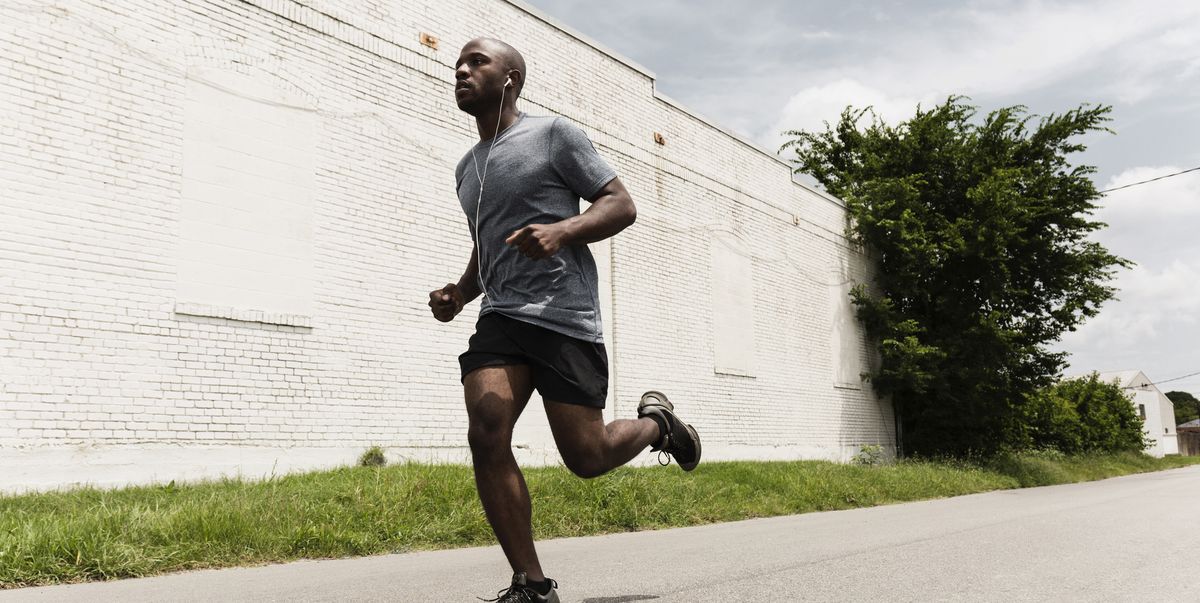From casual joggers, to power walkers, to serious marathoners – you can improve your efficiency and avoid injury through a simple test called a gait analysis.
A person’s unique way of moving their body forward is called their gait. And although humans have been moving their bodies for millions of years, sometimes we tend to run or walk in a certain way that isn’t quite ideal.
For example, you might turn your foot inward when you run, take super short strides or maybe your wide arm movements are draining you of precious energy. If your running or walking form isn’t correct, repeating these motions over and over again could lead to injury. Incorrect form might also be holding you back from becoming faster or more efficient.
“A gait analysis is all about assessing your body mechanics and solving any biomechanical problems so that you can move better and avoid injury,” says exercise physiologist Christopher Travers, MS. “A gait analysis might even help determine the cause of an old injury.”
Why get a gait test?
It’s easy to observe another runner and notice where their form is lacking (maybe they favor one leg over the other or turn their foot inwards) but it’s another thing altogether to try to adjust your own form.
If you’re injured, learning about your running style and foot strike can clue you into what might have caused the injury. Maybe it was your shoe choice or a muscle imbalance caused the injury. If you’re not injured, but just looking to become a better runner or walker, a proper gait analysis can help you perfect your form so that you can become faster with less effort.
What happens during a gait analysis?
A gait analysis may involve using video and other tests to assess your body mechanics. The goal is to help you make changes to improve your efficiency. Doing this will help you determine the cause of any existing injuries while also preventing future ones.
During a gait analysis, a physical therapist or exercise physiologist asses a number of aspects of a runner’s gait through direct observation and sometimes through video technology. Often times you’ll run on a treadmill to get the best viewing options.
The analysis can include reviewing your:
- Running history.
- Training goals.
- Foot placement.
- Shoe wear.
- Strength and flexibility.
- Heel strike.
- Arm swing.
- Hip, knee and foot mechanics.
After a full assessment, you’ll learn what personal body mechanics issues you might have, what strength and flexibility exercises will help and you’ll walk (or run!) away with changes you can make to improve your gait pattern. All of this will lower your chance of injury and help you become a better runner or walker.
“If you’re considering undergoing a gait analysis, look for programs that offer a comprehensive evaluation that includes strength and flexibility assessments and video review,” says Travers.
Some programs also offer customized conditioning and training plans to target key improvement areas, education on body mechanics and physiologic capabilities, rehabilitation for injuries and coaching.
Extras may include testing your body composition and VO2 Max, which measures the maximum amount of oxygen that you can use during intense exercise.
Armed with all of this data, exercise physiologists and physical therapists can provide detailed recommendations about your running technique, suggest strengthening and stretching programs and even offer advice on proper shoe selection.
So rather than guessing on your own how to better hold your body when you run or walk, you can get help from a simple assessment










Discussion about this post